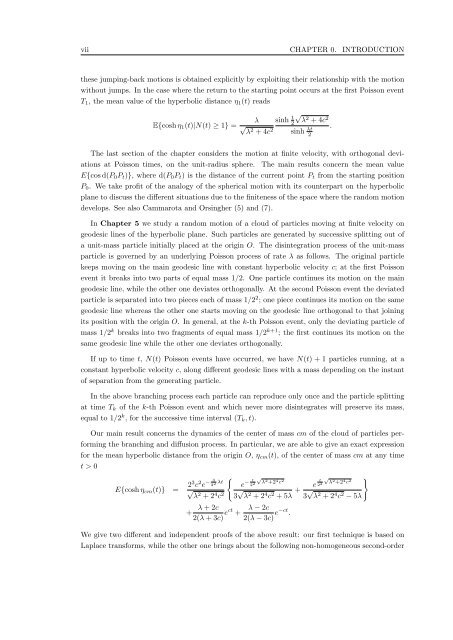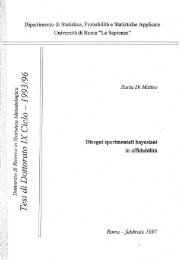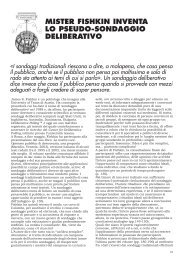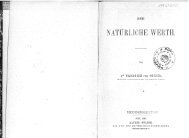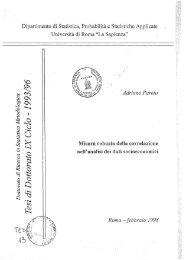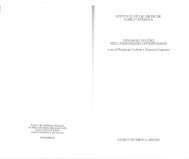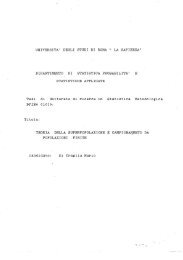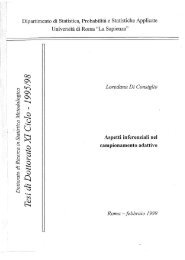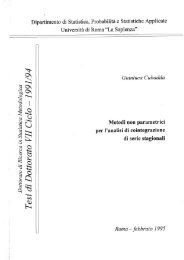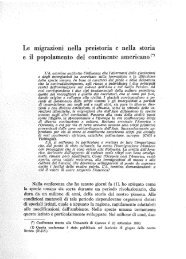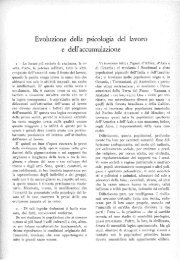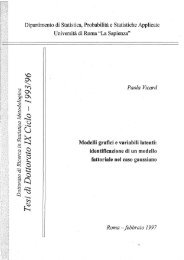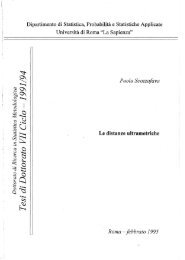Random Processes in Hyperbolic Spaces Hyperbolic Brownian ...
Random Processes in Hyperbolic Spaces Hyperbolic Brownian ...
Random Processes in Hyperbolic Spaces Hyperbolic Brownian ...
You also want an ePaper? Increase the reach of your titles
YUMPU automatically turns print PDFs into web optimized ePapers that Google loves.
vii CHAPTER 0. INTRODUCTION<br />
these jump<strong>in</strong>g-back motions is obta<strong>in</strong>ed explicitly by exploit<strong>in</strong>g their relationship with the motion<br />
without jumps. In the case where the return to the start<strong>in</strong>g po<strong>in</strong>t occurs at the first Poisson event<br />
T1, the mean value of the hyperbolic distance η1(t) reads<br />
E{cosh η1(t)|N(t) ≥ 1} =<br />
λ<br />
√ λ 2 + 4c 2<br />
s<strong>in</strong>h t<br />
√<br />
2 λ2 + 4c2 s<strong>in</strong>h λt<br />
2<br />
The last section of the chapter considers the motion at f<strong>in</strong>ite velocity, with orthogonal deviations<br />
at Poisson times, on the unit-radius sphere. The ma<strong>in</strong> results concern the mean value<br />
E{cos d(P0Pt)}, where d(P0Pt) is the distance of the current po<strong>in</strong>t Pt from the start<strong>in</strong>g position<br />
P0. We take profit of the analogy of the spherical motion with its counterpart on the hyperbolic<br />
plane to discuss the different situations due to the f<strong>in</strong>iteness of the space where the random motion<br />
develops. See also Cammarota and Ors<strong>in</strong>gher (5) and (7).<br />
In Chapter 5 we study a random motion of a cloud of particles mov<strong>in</strong>g at f<strong>in</strong>ite velocity on<br />
geodesic l<strong>in</strong>es of the hyperbolic plane. Such particles are generated by successive splitt<strong>in</strong>g out of<br />
a unit-mass particle <strong>in</strong>itially placed at the orig<strong>in</strong> O. The dis<strong>in</strong>tegration process of the unit-mass<br />
particle is governed by an underly<strong>in</strong>g Poisson process of rate λ as follows. The orig<strong>in</strong>al particle<br />
keeps mov<strong>in</strong>g on the ma<strong>in</strong> geodesic l<strong>in</strong>e with constant hyperbolic velocity c; at the first Poisson<br />
event it breaks <strong>in</strong>to two parts of equal mass 1/2. One particle cont<strong>in</strong>ues its motion on the ma<strong>in</strong><br />
geodesic l<strong>in</strong>e, while the other one deviates orthogonally. At the second Poisson event the deviated<br />
particle is separated <strong>in</strong>to two pieces each of mass 1/2 2 ; one piece cont<strong>in</strong>ues its motion on the same<br />
geodesic l<strong>in</strong>e whereas the other one starts mov<strong>in</strong>g on the geodesic l<strong>in</strong>e orthogonal to that jo<strong>in</strong><strong>in</strong>g<br />
its position with the orig<strong>in</strong> O. In general, at the k-th Poisson event, only the deviat<strong>in</strong>g particle of<br />
mass 1/2 k breaks <strong>in</strong>to two fragments of equal mass 1/2 k+1 ; the first cont<strong>in</strong>ues its motion on the<br />
same geodesic l<strong>in</strong>e while the other one deviates orthogonally.<br />
If up to time t, N(t) Poisson events have occurred, we have N(t) + 1 particles runn<strong>in</strong>g, at a<br />
constant hyperbolic velocity c, along different geodesic l<strong>in</strong>es with a mass depend<strong>in</strong>g on the <strong>in</strong>stant<br />
of separation from the generat<strong>in</strong>g particle.<br />
In the above branch<strong>in</strong>g process each particle can reproduce only once and the particle splitt<strong>in</strong>g<br />
at time Tk of the k-th Poisson event and which never more dis<strong>in</strong>tegrates will preserve its mass,<br />
equal to 1/2 k , for the successive time <strong>in</strong>terval (Tk, t).<br />
Our ma<strong>in</strong> result concerns the dynamics of the center of mass cm of the cloud of particles perform<strong>in</strong>g<br />
the branch<strong>in</strong>g and diffusion process. In particular, we are able to give an exact expression<br />
for the mean hyperbolic distance from the orig<strong>in</strong> O, ηcm(t), of the center of mass cm at any time<br />
t > 0<br />
E{cosh ηcm(t)} = 23c2 <br />
3 −<br />
e 22 λt<br />
√<br />
λ2 + 24c2 t −<br />
e 22 √<br />
λ2 +24c2 3 √ λ2 + 24c2 + 5λ +<br />
+ λ + 2c<br />
2(λ + 3c) ect λ − 2c<br />
+<br />
2(λ − 3c) e−ct .<br />
.<br />
e t<br />
22 √<br />
λ2 +24c2 3 √ λ 2 + 2 4 c 2 − 5λ<br />
We give two different and <strong>in</strong>dependent proofs of the above result: our first technique is based on<br />
Laplace transforms, while the other one br<strong>in</strong>gs about the follow<strong>in</strong>g non-homogeneous second-order


